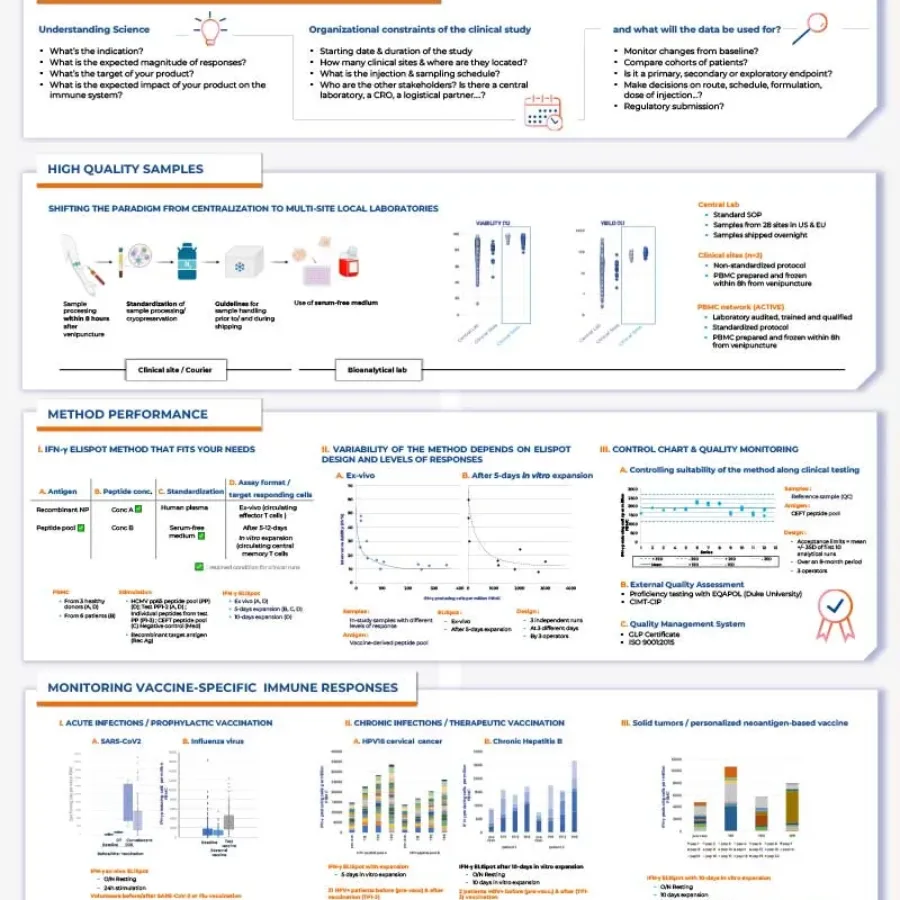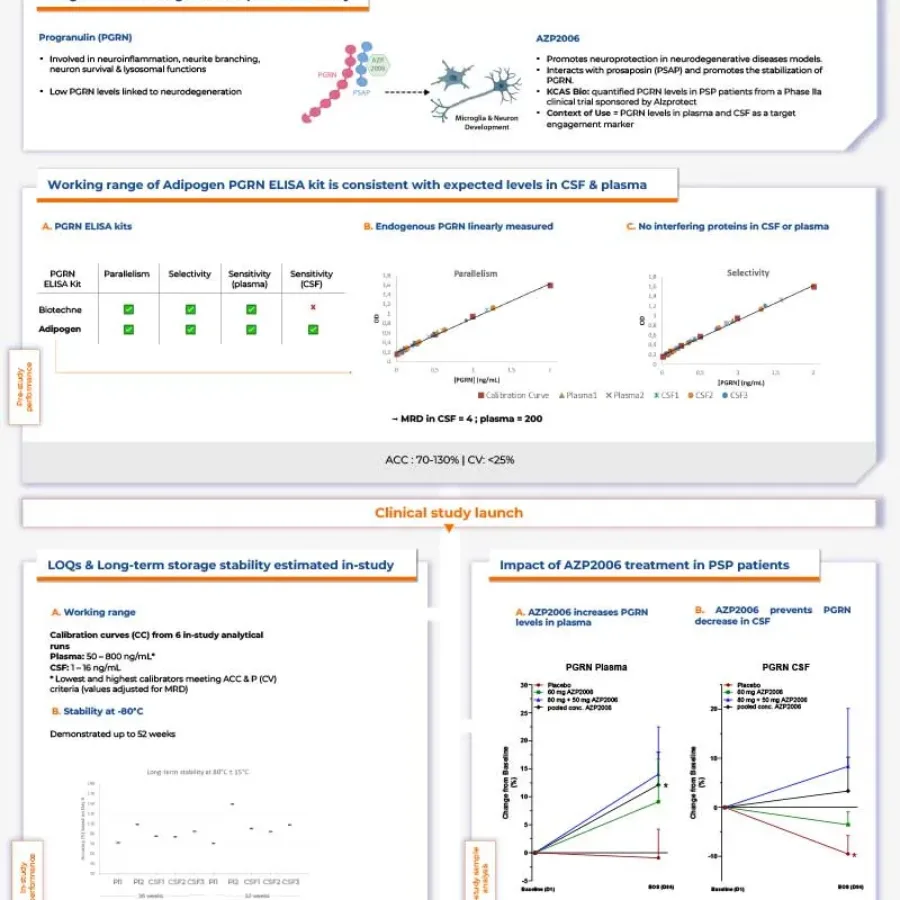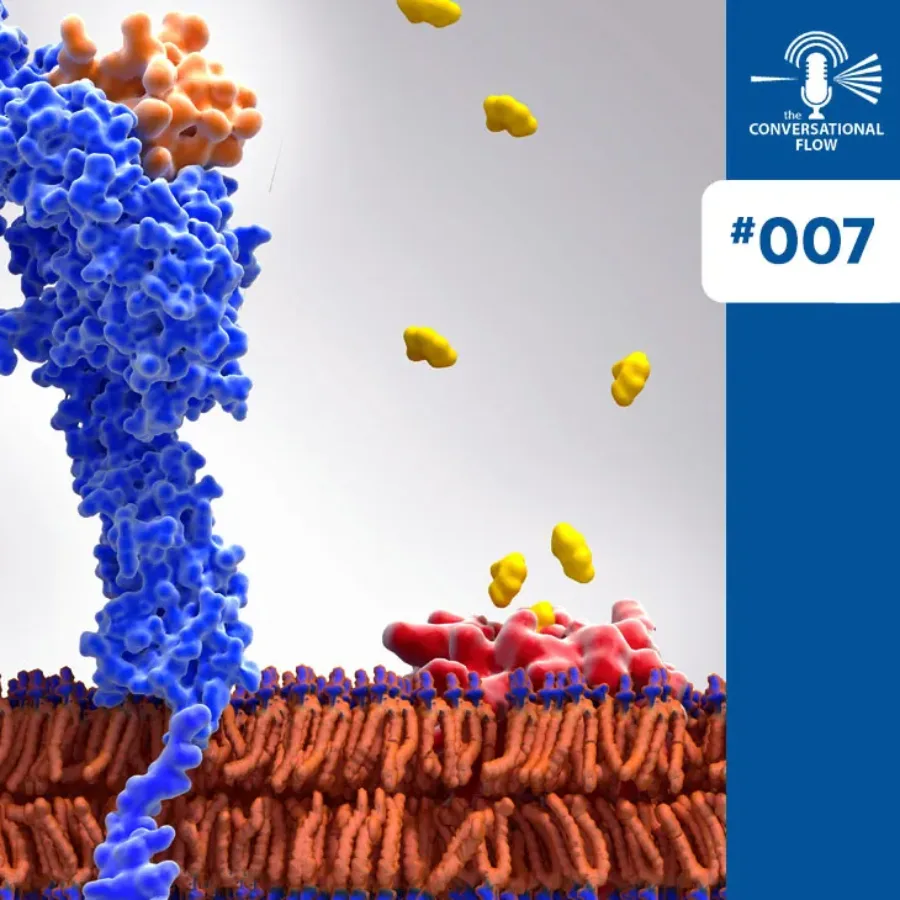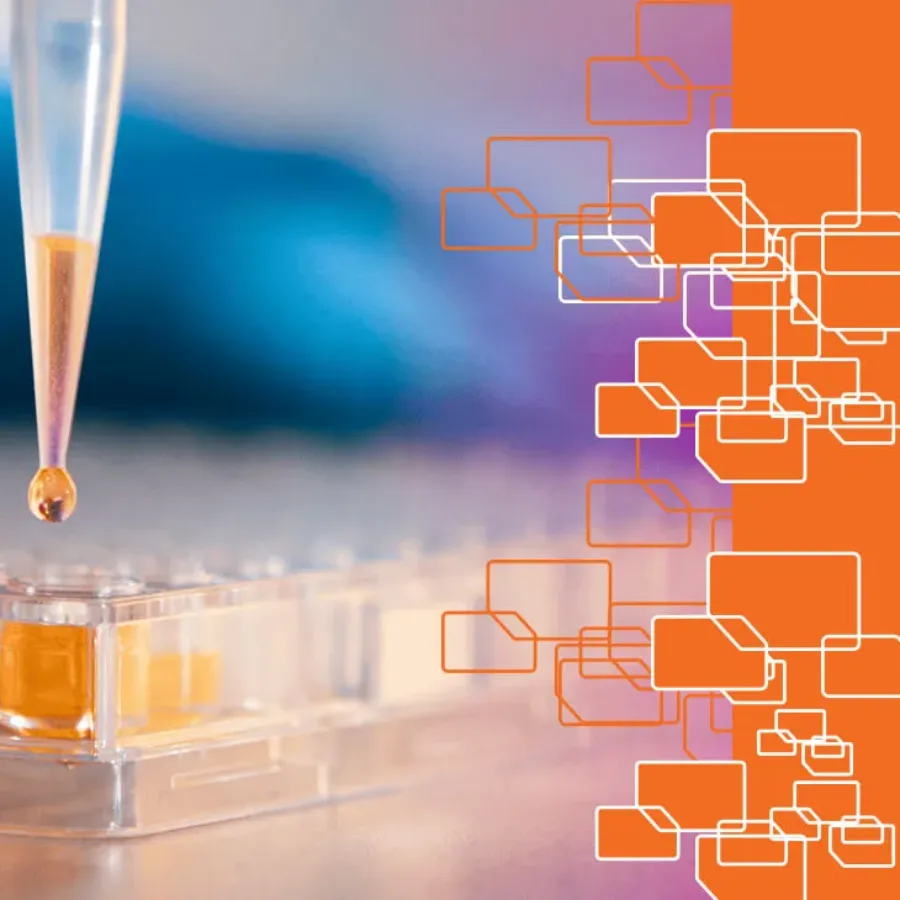 Videos
Videos
What Makes a Good CRO for Bioanalysis? Click here to view the entire series.
 Videos
Videos
Take a peek inside KCAS Bio – Lyon. Our Strengths The KCAS Bio – Lyon team dives into the strengths of our organization as a bioanalytical CRO, and how we align these strengths to meet the challenging requirements our sponsors are seeking. ———- Our Customer Service The team from…
 Videos
Videos
The team from KCAS Bio – Lyon, offers a unique perspective regarding what is involved to ensure positive client outcomes.
 Videos
Videos
The KCAS Bio – Lyon team dives into the strengths of our organization as a bioanalytical CRO, and how we align these strengths to meet the challenging requirements our sponsors are seeking.
 Videos
Videos
Christine Bain, Ph.D., shares how her role at KCAS Bio – Lyon, gives her the unique opportunity to work at the intersection of sponsor needs and the science behind it all.
 Videos
Videos
Magali Roche, Ph.D., shares her love for working with sponsors from all over the world to help improve health worldwide.
 Videos
Videos
Dawn Dufield, Ph.D. and Dominic Warrino, Ph.D. discuss their approach to ligand binding assays (LBAs) and hybrid mass spectrometry (Hybrid LC-MS/MS) in this 11-part video series. What Makes a Good CRO for Bioanalysis? Are there any specific technologies that are more useful to have together? What is a Hybrid…
 Posters & Papers
Posters & Papers
Please download this poster, “Monitoring immunogenicity of your candidate vaccine by ELISpot.” Vaccines_EIP2024_Poster_vfDownload…
 Posters & Papers
Posters & Papers
Please download this poster, “Performance of a method for quantifying progranulin as a target engagement biomarker for azp2006 in progressive supranuclear palsy.” PGRN_ADPD2024_PosterDownload…
 Posters & Papers
Posters & Papers
Please download this poster, “Flow Cytometric Analysis of Urine Cell 18-Color Immunophenotyping Panel.” 2024_WV_Carroll_SpectralUrineNMIBCDownload…
 Podcasts
Podcasts
For episode #7 of “The Conversational Flow”, Brian and Adam invite David Ambrose to join them as they continue their conversation about Receptor Occupancy assays. There are so many unique considerations around an RO assay and with any flow cytometry assay, the precision of that assay is important. Our hosts…
 Blogs
Blogs
Over the past decade, a continued discussion point has been the idea around analyzing samples on Ligand Binding Assay (LBA) platforms in singlet (one well) versus the standard duplicate analysis (Single sample added to two different wells). In the recent M10 Bioanalytical Method Validation Guideline issued for guidance in June…